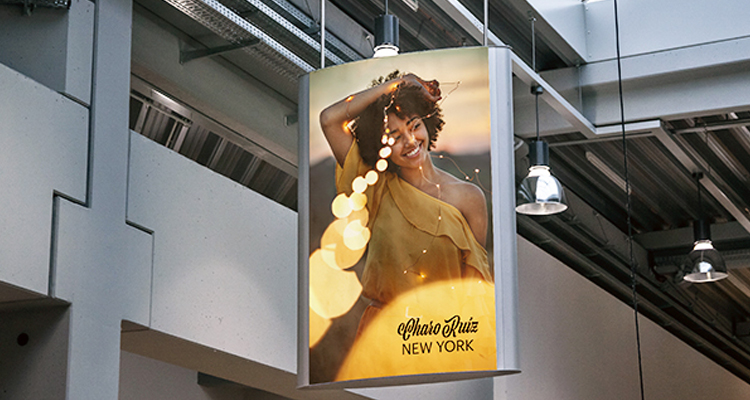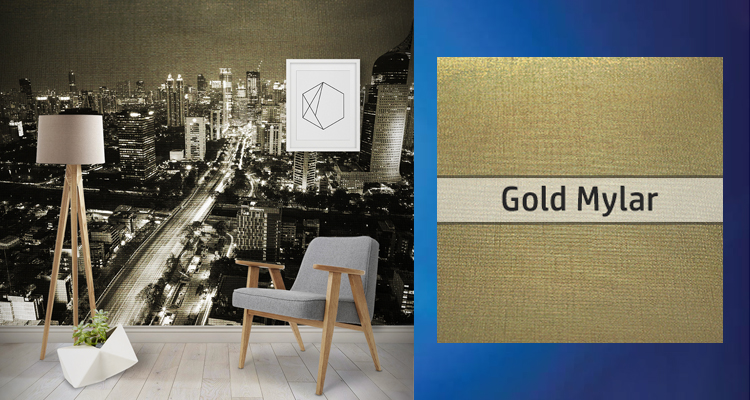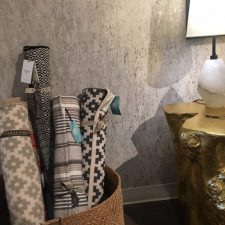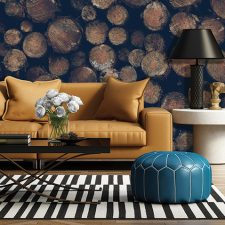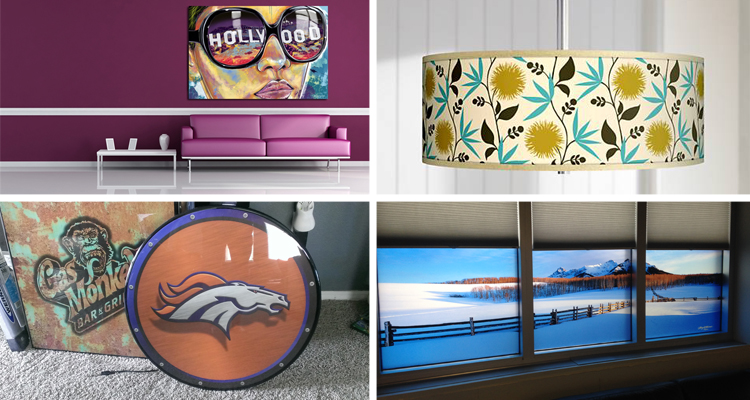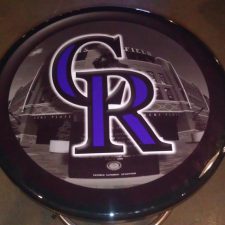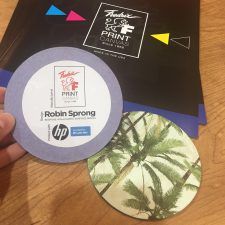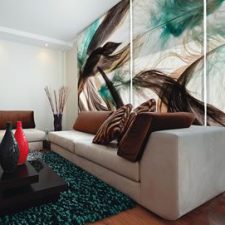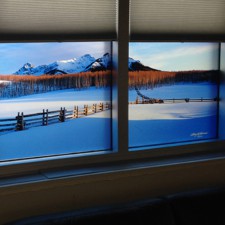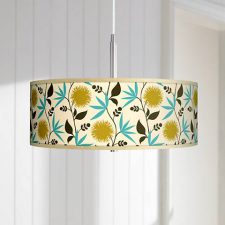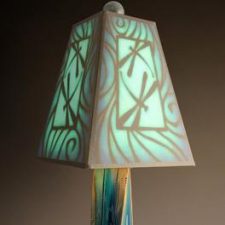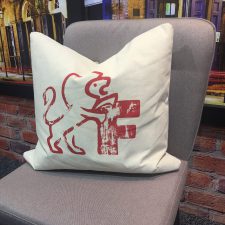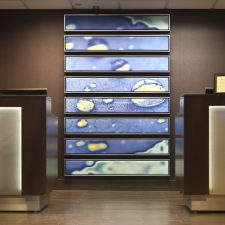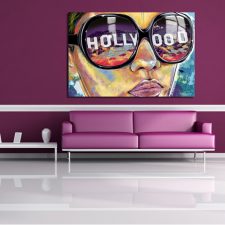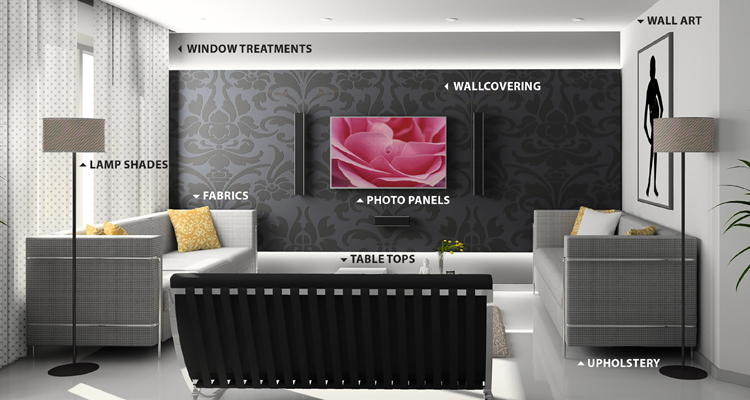While opting for latex print technology is a great choice to add versatility and more market opportunities to your business, it can also open up another highly effective selling point: Environmentally friendly print options. Here are four products that are specifically made for latex (or latex-compatible) that will make your customers feel good about their next print project:
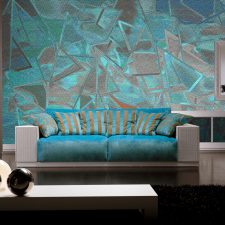
FOR DÉCOR: HP PVC-free Durable Suede Wall Paper was designed specifically for HP Gen 3 Latex Inks to create beautiful, customized wallcoverings that are Type II compliant without a top coat, so they can be used in sensitive environments like healthcare settings or schools that are also subject to lots of wear and tear. The wall paper also meets sustainability standards with FSC certification, which ensures the product comes from responsibly managed forests; and Greenguard Gold certification, which ensures it is safe for use around sensitive populations, like the elderly and children. These attributes can lend a hand to building designs being considered for LEED certification points, which scores the healthy environment for commercial buildings.
FOR RETAIL: The all-new HP Durable Backlit Fabric, pictured above, is another latex-compatible option that answers the demand for a lightweight fabric for backlit signs, but also ensures extra safety, thanks to approved fire certifications (B1 and NFPA 70). The fabric is also REACH compliant, which regulates and ensures the safety of chemicals used to create products and their potential impact on human health and the environment.
FOR SOFT SIGNAGE: Specifically designed and coated for latex printing, EnduraFab Frontlit FR is another fabric solution for a variety of applications, including indoor signage, tablecloths, drapes and SEG frames, to name a few. PSPs and their customers can rest assured when using EnduraFab Frontlit FR, thanks to it passing NFPA 701 flame retardant standards under fire test conditions.
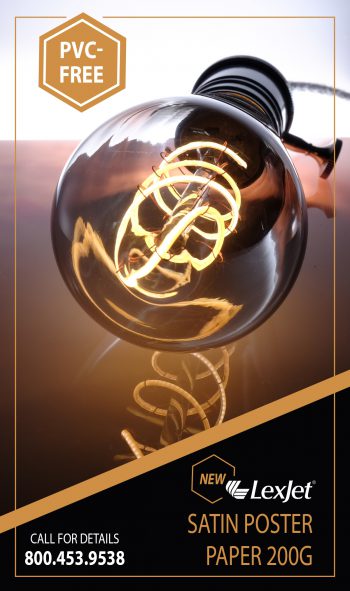 FOR HIGH-VOLUME POSTERS: PSPs running industrial HP Latex printing now have the all-new LexJet Satin Poster Paper 200g, a PVC-free option with a paper base that’s coated for durable, water-resistant prints that won’t bleed. PVC-free options are beneficial because they do not contain harmful chemicals that can be found in some vinyl materials. PVC-free materials have been growing in popularity in Europe and in the décor market, and is becoming a hot topic in signage, too. Plus, this poster paper is recyclable after use, making it an attractive option for some customers.
FOR HIGH-VOLUME POSTERS: PSPs running industrial HP Latex printing now have the all-new LexJet Satin Poster Paper 200g, a PVC-free option with a paper base that’s coated for durable, water-resistant prints that won’t bleed. PVC-free options are beneficial because they do not contain harmful chemicals that can be found in some vinyl materials. PVC-free materials have been growing in popularity in Europe and in the décor market, and is becoming a hot topic in signage, too. Plus, this poster paper is recyclable after use, making it an attractive option for some customers.
To learn about more environmentally friendly media options, give us a call at 800-453-9538.

